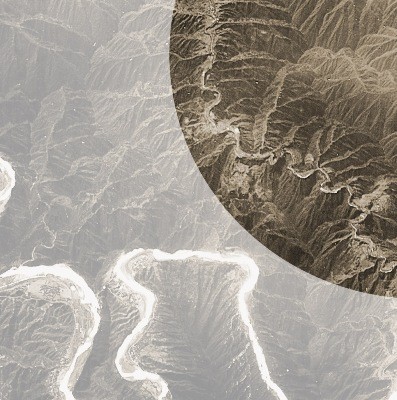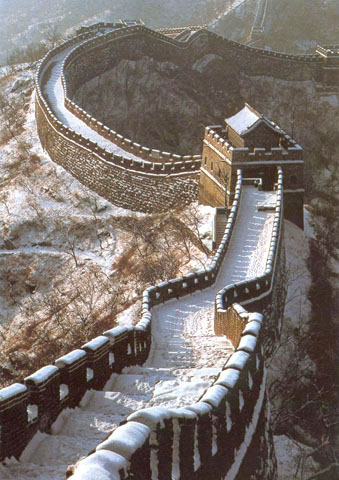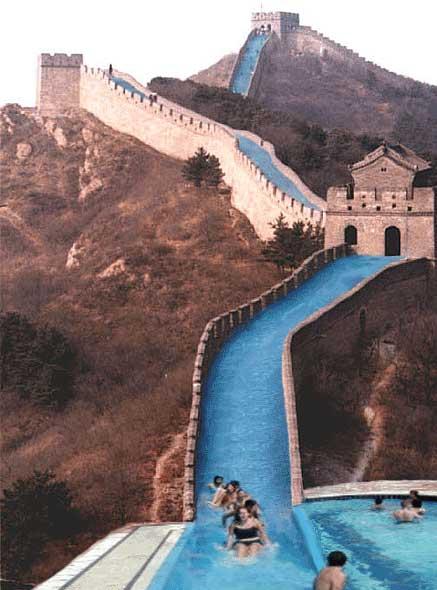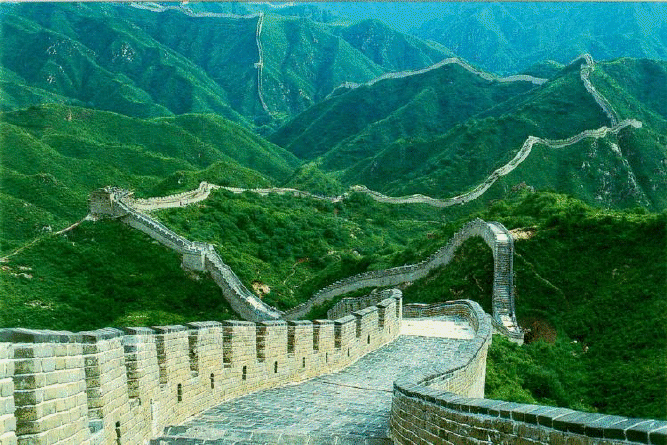
The Great Wall of China is one of the world's iconic attractions, and there is little that can be said about the Great Wall that has not been stated over and over again throughout the wall's more than 2,000 -year history. Construction of the Great Wall started in 221 BC to defend the Middle Kingdom from Mongol soldiers. But many of the sections were already in place, built by a series of independent kingdoms stretched across the land, from Shanhaiguan on the east coast to Jiayuguan in the Gobi Desert—Emperor Qin Shihuang merely oversaw the joining of these walls.
The first chapter in the history of the Great Wall of China ended in 207 BC, when the last of the over 6 billion cubic feet of compacted earth was set into place. The Great Wall was only moderately effective in carrying out its purpose, even after it was faced with bricks and stones. Its real value came in the way it eased transportation throughout the land, acting as a kind of elevated thruway, equipment, goods and passengers could more easily traverse the arduous mountainous wilderness that enveloped the Great Wall.




This photo, released yesterday, was taken by the European Space Agency's Proba satellite on March 25. It shows a short stretch of the wall atop hills northeast of Beijing. The wall is highlighted in the upper right. (The lower left of the image is purposely washed out; it shows a stretch of engineered waterways called the Da Yunhe, or Grand Canal, a marvel all its own.)
Sure, spotting the Great Wall of China from space is easy with the right telescope and camera. But why couldn't China's new hero see it? He just didn't have enough time or the right conditions, it would seem.
"In Earth's orbit at a height of 160 to 320 kilometers [100-200 miles], the Great Wall of China is indeed visible to the naked eye," says astronaut Eugene Cernan.
A low angle of sunlight casting long shadows can help.
"You can see the Great Wall," confirms astronaut Ed Lu, who was the science officer of Expedition Seven on the International Space Station. The station circles Earth higher than Yang Liwei's orbit.
The misconception is wrapped up in broader myths about what is and what is not visible from space. For the record: No manmade structures on Earth can be seen with the unaided astronaut's eye from the Moon. But many things -- highways, dams and even large vehicles -- are easily spotted from Earth-orbit with no optical aids.




No comments:
Post a Comment